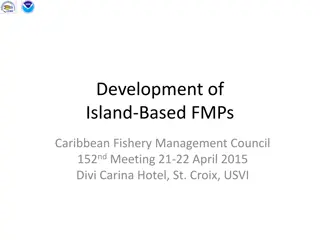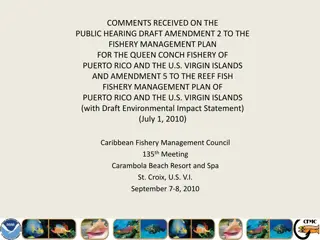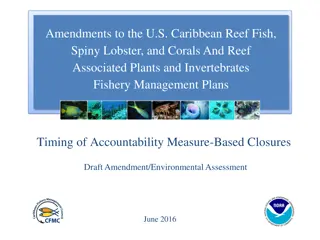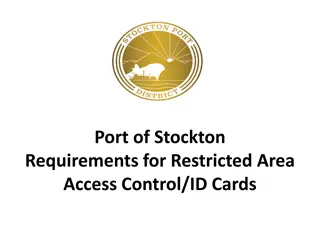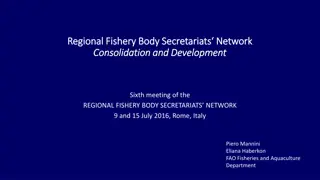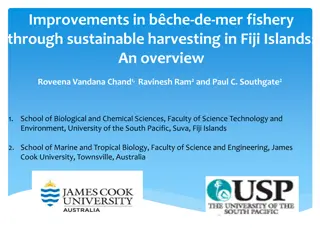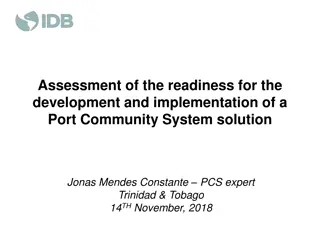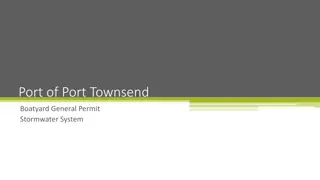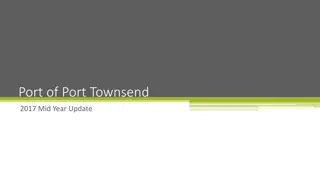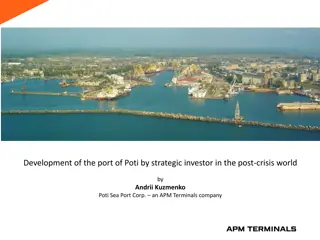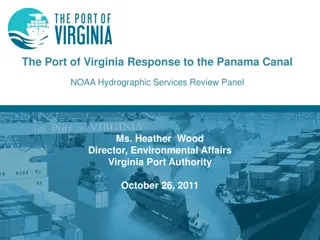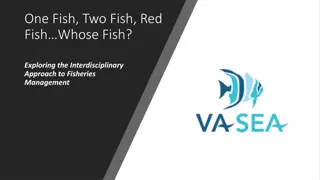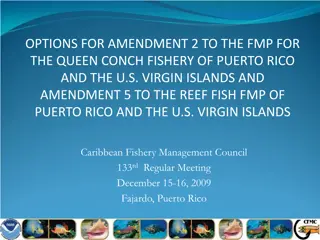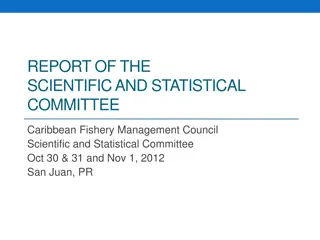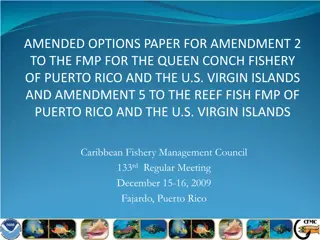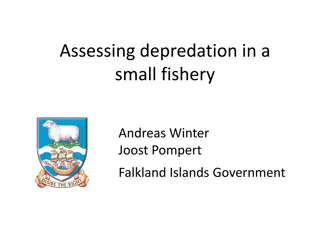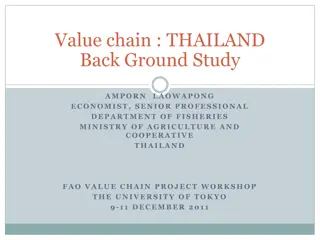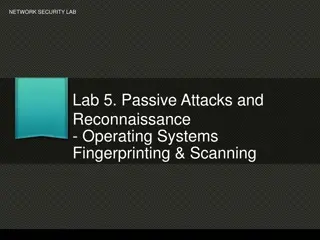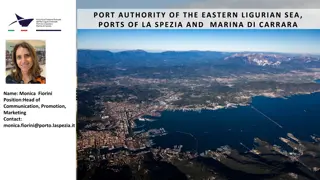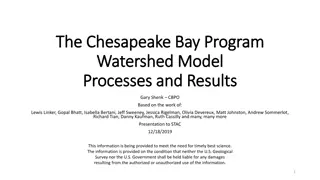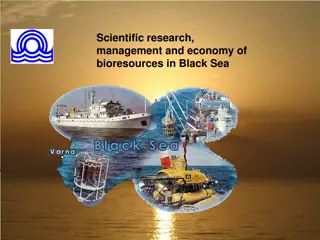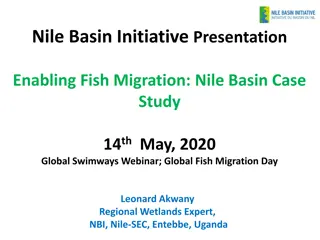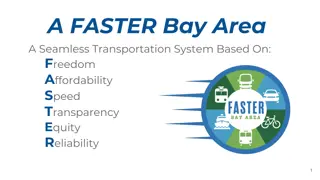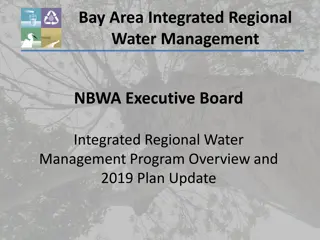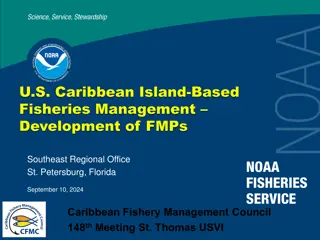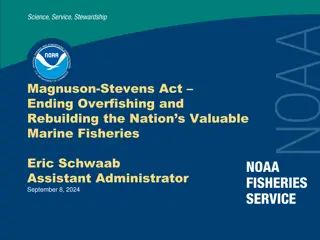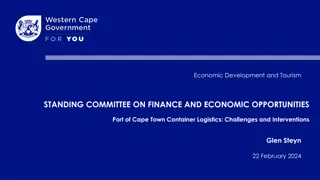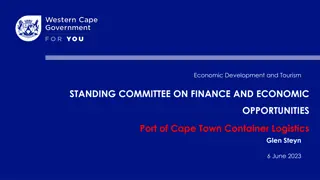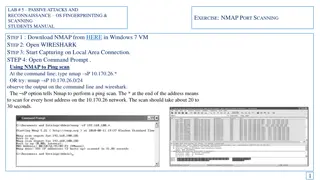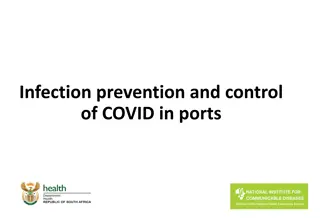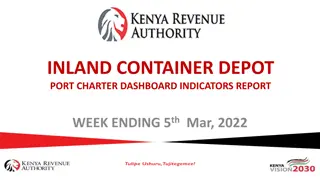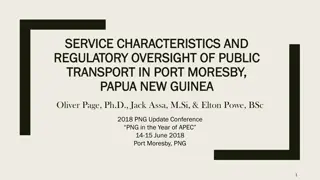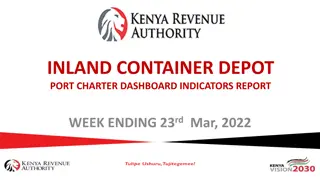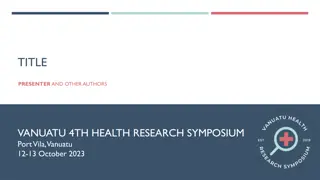Sustainable Management of Port Phillip Bay Scallop Fishery
Management strategies of the Port Phillip Bay Dive Scallop Fishery include objectives for long-term sustainability, equitable resource access, and cost-effective management. Conservative measures such as setting Total Allowable Commercial Catch (TACC) based on annual abundance surveys and implementing commercial fishing zones aim to reduce environmental impact and ensure reproductive potential in the scallop stock. The proposed management plan includes a phased approach to setting TACC limits and incentivizing resource utilization by licence holders.
Download Presentation

Please find below an Image/Link to download the presentation.
The content on the website is provided AS IS for your information and personal use only. It may not be sold, licensed, or shared on other websites without obtaining consent from the author. Download presentation by click this link. If you encounter any issues during the download, it is possible that the publisher has removed the file from their server.
E N D
Presentation Transcript
Managing the Scallop Dive Fishery (Port Phillip Bay) Fishery
Fisheries Victorias objectives for the PPB Dive Scallop fishery Long-term sustainability of the scallop resource Equitable resource access and use Cost effective and participatory management No change to recreational access- Recreational fishers retain access to the whole of the bay, no size limit and 100 scallop bag limit
Conservative management= reduced risk to the environment Based primarily on the commercial scallop Single transferable licence Dive fishery- little environmental impact of the activity Total Allowable Commercial Catch (quota)- limits the amount of scallops removed from the fishery each year Annual stock assessment- evidence- based TACC 90 mm legal minimum length- maintains reproductive potential in the stock Vessel monitoring system- track fishing activity and know where boats are operating
Conservative management approach setting the TACC Scallop abundance fluctuates naturally and distribution is patchy TACCs must therefore be based on annual abundance surveys A conservative harvest fraction of scallops greater than or equal to 90mm is set as the TACC- maintains reproductive potential in the stock Proposed management plan for the fishery: Phased in approach to setting the TACC- 250 tonne maximum in the first year and 750 tonnes maximum thereafter Licence holder must demonstrate utilisation of the resource to obtain a TACC increase TACC is phased-in (250 tonnes then 65, 75, 90 and 100%) Maximum 12 tonne TACC if no abundance survey is undertaken
Six commercial fishing zones spread the effort and minimise the risk of local depletion
Prime fishing areas are protected by two recreational fishing- only areas
Summary of the Port Phillip Bay Dive Scallop Fishery Management Plan Founded on the principles of long-term sustainability of the fishery No change to recreational access Provides a conservative approach to managing the fishery for at least the next five years Annual TACCs underpinned by robust stock assessments and demonstrated utilisation of the resource by the licence holder Only scallops greater than or equal to 90mm can be harvested- ensures that sufficient reproductive potential remains for subsequent years Maximum TACC in Year 1 of the management plan is 250 tonnes and 750 tonnes in its remaining years of the plan
Have your say on the Port Phillip Bay Dive Scallop Fishery Management Plan The Draft Port Phillip Bay Dive Scallop Fishery Management Plan was released on 14 October for a 60 day public comment period Please submit your comments in writing by 14 December to: Bill Lussier PO Box 114 Queenscliff 3225 or bill.lussier@ecodev.vic.gov.au The management plan and related documents are also found at: http://agriculture.vic.gov.au/fisheries The documents from these meetings will also be posted on the Departmental website


